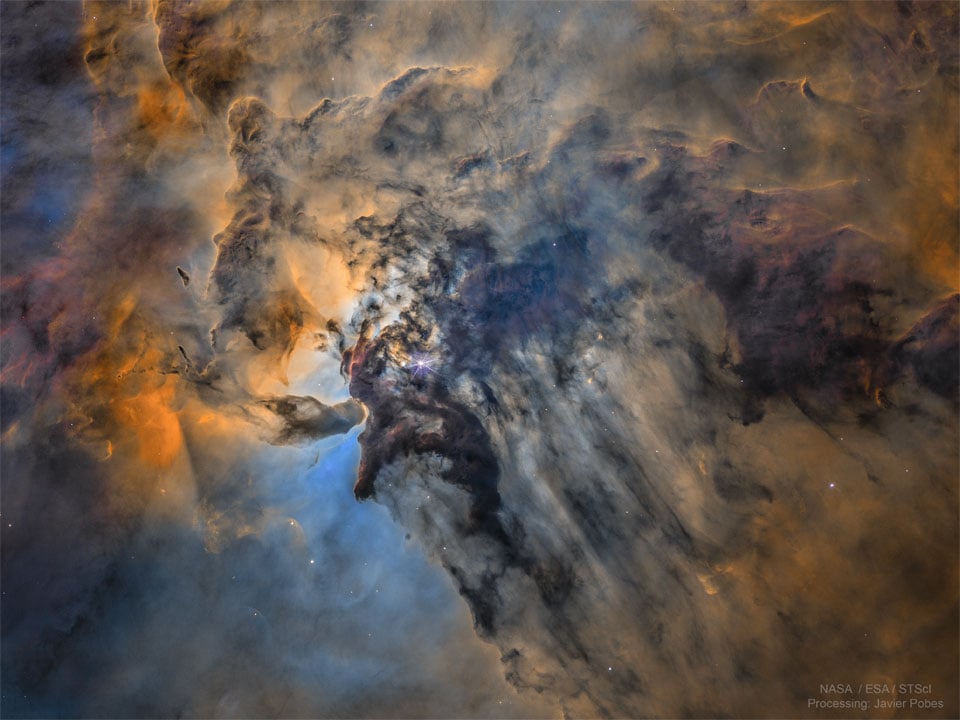60
Sci-fi inspired tractor beams are real, and could solve a major space junk problem
(www.livescience.com)
Share & discuss informative content on: Astrophysics, Cosmology, Space Exploration, Planetary Science and Astrobiology.
 The Busy Center of the Lagoon Nebula
The Busy Center of the Lagoon Nebula
🔭 Science
🚀 Engineering
🌌 Art and Photography
Other Cool Links
As is said in the article, the advantage of being touchless and to not destroy the debris is to not make the problem worse: one debris is not problem, but a million debris from the destruction is a catastrophe.
Physical contact have much higher risks of accidents, and destroying the debris is just a no go. I know a laser can push the debris in earth atmosphere, they don't talk about this case though.
Now the only reason this is a terrible idea is that it requires first rendezvousing with a spacecraft every time you want to deorbit it. You'll have the propellent to do this what, 2 or 3 times for every garbage collection spacecraft launched? That's one enormous cost...
That's probably not the case. We have efficient thrusters now. And the spacecraft will stay on the same orbit all its life.
Yeah, we have hall effect thrusters, but it doesn't really matter, the spacecraft still needs to push the mass of both spacecrafts a pretty significant distance and then return to the orbit of was at.
That's just a lot of work.
I'll admit, that using this for cleaning up geostationary orbit is more viable that leo, but it's still questionable how long this will actually be useful.
Yes, I'm excited to see the results of that mission to tell us if arms are good enough or if we need softer effectors.
In the end we may need to swallow trash wholesale in large containment vessels before doing and dv changes, or some other difficult expensive way.